Dave Kenney tells us about his passion for historical banknotes.
Posted in Doxstars: The things you print on 07 November 2024
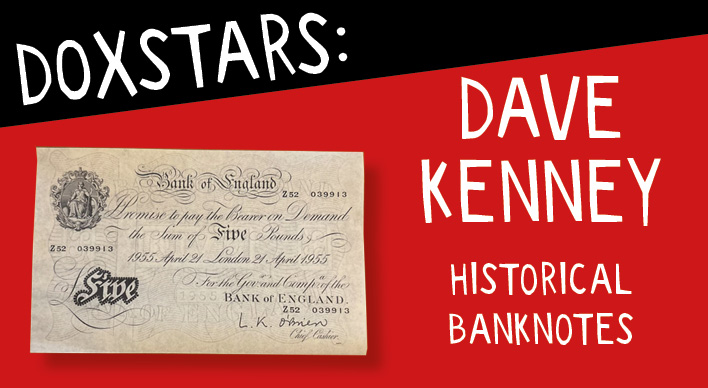
We use banks every day, but we don’t often think about the history of banks, and how at one time you couldn’t just go down to your local HSBC or Barclays to open an account. We noticed that over the last couple of years our customer Dave Kenney had been printing some interesting books on his research into private banks and provincial banknotes of the late 18th /early 19th centuries in England. We wondered why Dave came to be researching this niche but fascinating part of history and asked if we could have a chat with him to find out more.
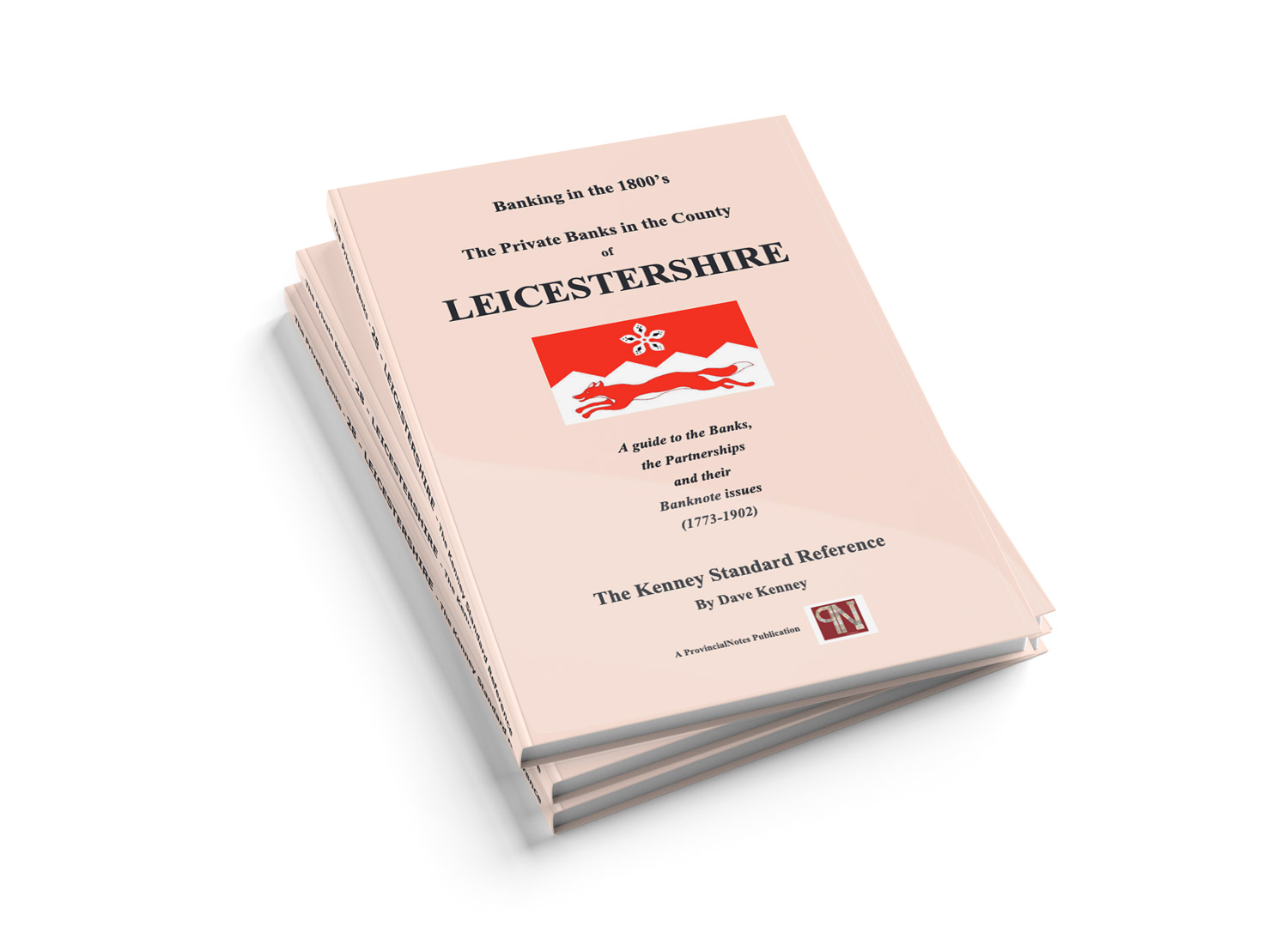
You’ve spent many years researching private banks and banknotes, what was it that piqued your interest and started your research?
I’ve always been interested in history, for as long as I can remember. The past is mainly what has shaped us into what we are today.
My late father John, was a big influence on my interest in collecting banknotes. He was a big ‘coin man’, with a few banknotes in his collection.
I thought I would collect something slightly different to coins, so I went the banknote route, as I thought they were bigger and you could get more information on them and see bigger images than on coins.
I remember to this day my dad showing me a 1955 big white Bank of England £5 note, which he said he had kept from his first pay packet when he worked for REME Records Office in Leicester (Royal Electrical and Mechanical Engineers), at that time.
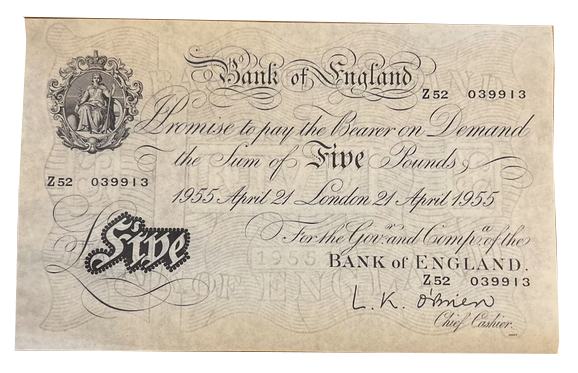
Back in the late 1970’s/early 1980’s you could pick up the old provincial notes for just a few pounds. I joined the Army in 1979, and over the next thirteen years travelled to some great places and was able to extend my collection with a steady wage.
I have been recording the details of these provincial banknotes (names, dates, serial numbers and signatures, etc) on paper since April 1981, then on to computer programmes like Multiplan and Lotus 1-2-3, before Excel was even heard of.
The idea of writing a comprehensive book for each county of England came to me in the late 1980’s. At that time I was stationed with the Royal Engineers in Maidstone, Kent, so it was logical for me to start at that end of the country, work across the south coast, head north and end up in Northumberland, well that was the idea.
Work and life commitments, along with the loss of one of my sons, Ryan, in 2000 at just seven years of age, took their toll on the time-frame that I had given myself though.
I had a draft of the Kent book at 202 pages ‘finished’ in 1997 and looked at publishing options at that time, but again time passed and it was put on the back burner.
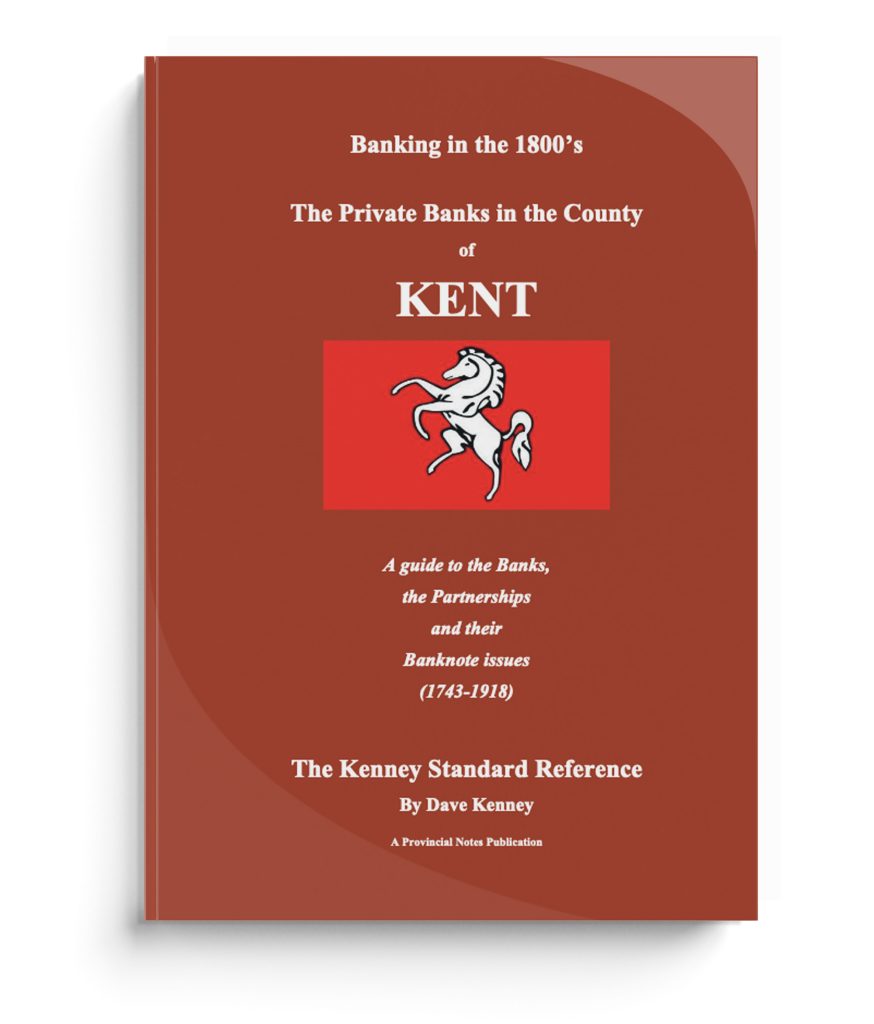
My father sadly died in May 2005, and he, as I have said, was a big influence, with a vast knowledge of history and coins. He had the ability for instance, to recall every birth, reign and death dates of each British Monarch right back to Alfred the Great.
I knew about 10% of what he knew on the subject and the day he died that other 90% was lost, which was the trigger for me to finally get down on paper everything that I know about the provincial banks of England, before that too is lost to future generations.
It still took the next decade to get the formatting right before I was happy with the information that I wanted to be included etc.
Looking back I am glad that I did not publish the Kent book at that time, as now it has grown to around 550 pages, with a more complete and chronological order to it, than its first draft.
In 2021 during the second Covid lockdown, I gave myself an eight-year time-frame to complete all forty-three counties.
As I write these words at the end of year three, I have just completed my twenty-first volume. Fifteen books have been printed, the six others print ready and will be sent to Doxdirect over the coming weeks. All of the others have been started and are at various levels of completion, so I am currently ahead of schedule.
So far 27-Rutland at just seventeen pages is the smallest, with 37-West Yorkshire the largest, so big at 959 pages, that for ease of handling will be printed in two books of 552 and 407.
Where is the furthest you have travelled in the interests of your research?
I have travelled all over the counties that I have completed, to museums, archives, private dwellings, old bank buildings etc, for my research and to confirm the facts. I have always been quite meticulous in the details, and will omit any information if I cannot verify it.
I once spent five straight days At the Kent archive searching hundreds of documents on just the Cobb’s Bank of Margate.
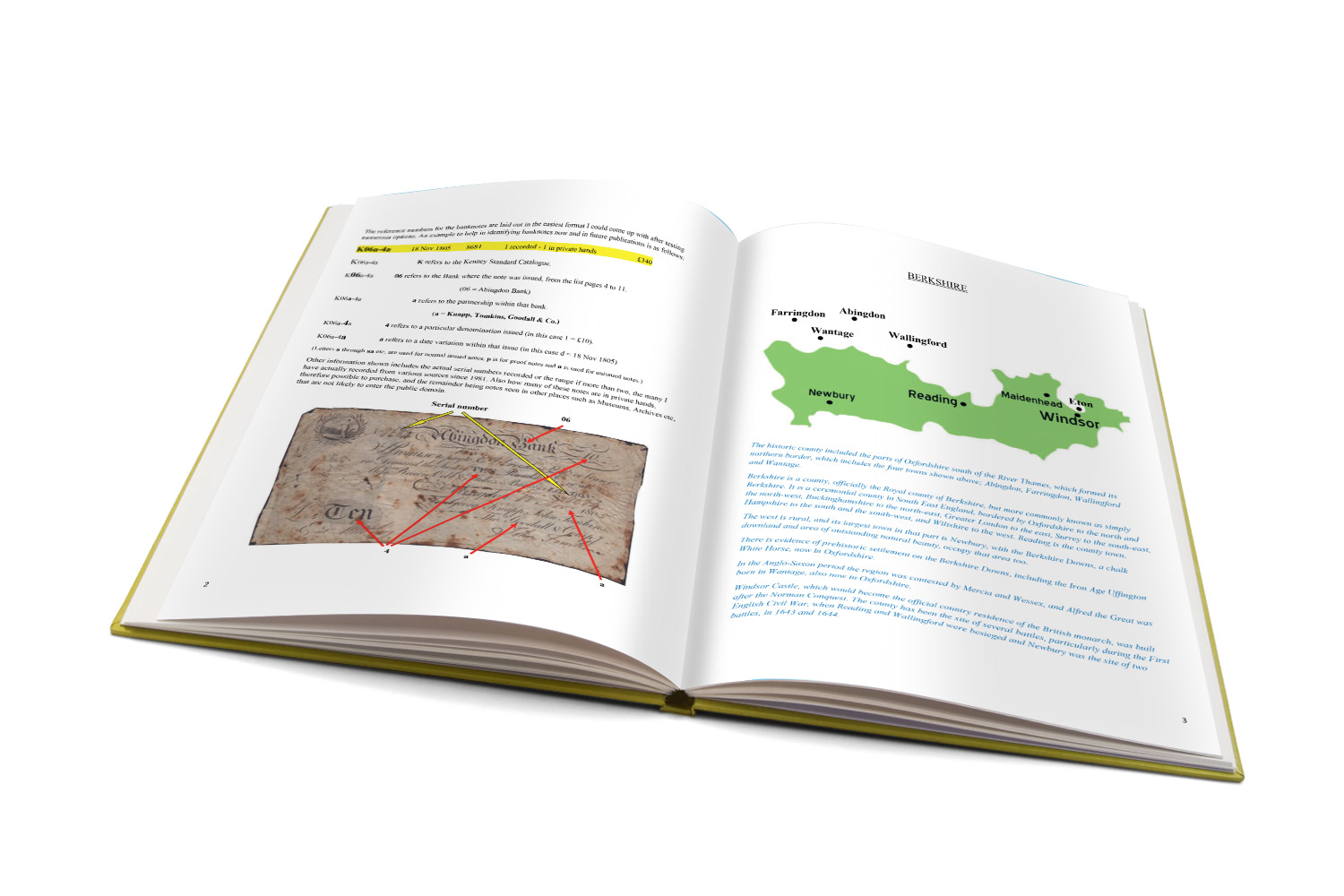
You’ve written about hundreds of historical characters, which one would you love to go back and have a conversation with and why?
In researching the bank partners I have at times been totally absorbed in their story. I would love to be able to time-travel and mix with many of them, but particularly John, Henry and George Bugg of the Spalding Commercial Bank (Ref: K28 in the Lincolnshire Book). John was quite infamous, having done a runner to America in 1831 with about £17,000, leaving his two younger brothers to pick up the pieces. Using an alias in 1836 he did almost the same thing in the States, before returning to England wanted by the US Government, around 1840 under another alias and settled in Kent, living out his life undetected until his death in 1856.
It is even more poignant for me as during my research I uncovered that the three brothers were my 5x Great Grand-Uncles.
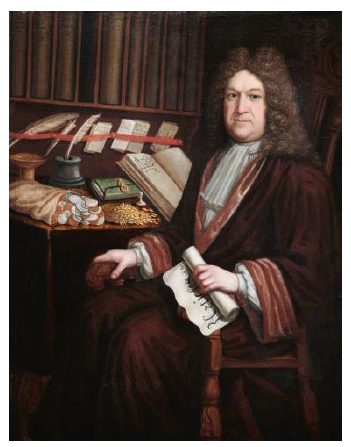
Benjamin Tomkins Snr (1664-1732)
of Abingdon Old Bank, showing off his wealth
Many stately homes and manors have been recorded in your books, do you have a favourite, and have you been able to visit any of them?
Many of the original manor houses and mansions have been altered or demolished. Those that are standing I have tried to visit where possible and accessible. I have tried to use my own photos in the books, because it is more personal, and eliminates any copyright issues.
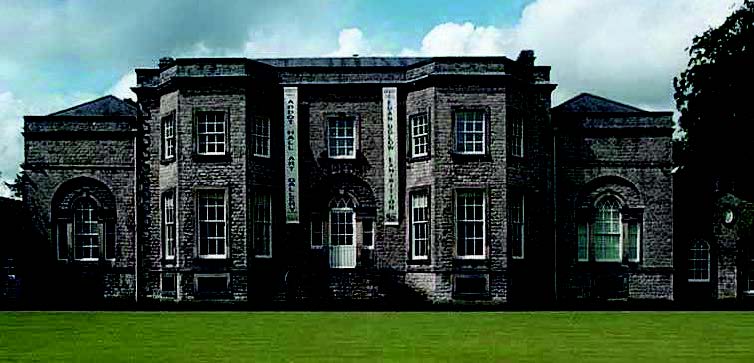
Abbot Hall – home of Christopher Wilson Jnr – Kendal Bank
You have developed a format for identifying banknotes which can be used for historical reference and research, where would you like to see this format used in the future and how did you come up with it?
Due to the age of these banknotes, typically 200 years old, some of the information is not easy to read. With my reference and system it will help the viewer, by cross-referencing partnership name, date and serial numbers, in order to narrow down the parameters if any of these factors are illegible.
For instance if you can read the partnership name and serial number but not the date, by using my reference list for that bank you can narrow the probable date to within a few years when that particular partnership was in existence, and narrow those years even further if similar serial numbers have been recorded, and vice versa if either of the other factors are not clear.
What sort of people are interested in your books and where do you find them?
The collecting of English Provincial notes is a niche market, and the main reason from the outset that I made the decision to write the biographies of the bank partners and the chronological order of the occurrences of the day-to-day, year-to-year dealings with the bank business.
By doing so, the books’ appeal is widened to those interested in British banking history that do not necessarily collect banknotes, and more importantly, to those interested in social history. Just image how fantastic I felt when I unearthed the ‘Bugg brothers’, and I am sure there are many people out there that would feel just as proud to have these characters as their ancestors.
I have done little advertising or promotion so far, wanting to dedicate my time to completing the works, to show that I am serious in this project.
Currently, the printed volumes are available to buy on my website www.provincialnotes.com where so much more information and snippets will appear over the coming months. That is also the place where the readers can contact me if that have any questions or queries.